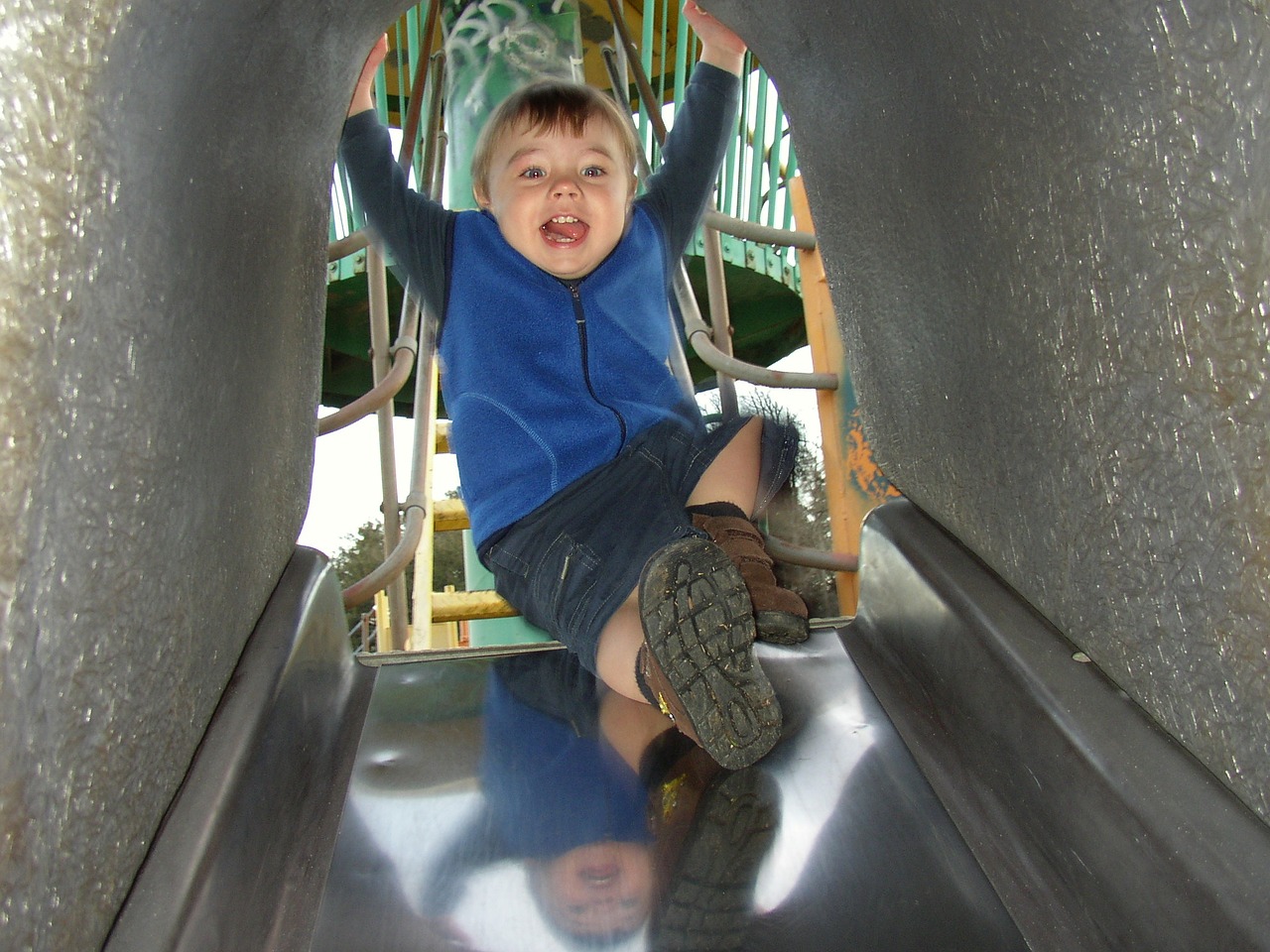As your child grows, it’s important for him or her to learn about personal-volume control, and when to use certain kinds of voices that are appropriate for different situations and environments they are in.
1. Remember that you’re teaching more than just volume control
Teaching your child how to moderate his or her voice’s volume control teaches them other skills as well: self-control, judgment as to what is or is not demonstrating correct behavior. Teach these skills gently and forgivingly in tandem with teaching your child about volume control, and remember they’re only just learning this for the first time so patience and repetition is key, but be mindful that these are great teaching moments for those things as well.
2. Teach by example
Don’t use loud voices in the house or other places you don’t want your child to use his or her loud voice. They are always watching and will learn to mimic whatever behavior you or your spouse are exhibiting in normal life. Remember to be mindful in situations when you may not otherwise think twice about volume control on your own voice, but still sets the example for what is appropriate behavior to model after – yelling for your husband to come help you with something from across the house, or shouting at the referee for a bad call on the sports game. Nuanced situations for you; mixed messaging to your child demonstrating the opposite behavior from what you want to instill.
3. Play whispering games
Playing a whispering game with your child in quiet moments is a great way to teach and reinforce to them what it sounds and feels like to listen to and speak in a low-volume voice. Switch off with speaking in whispers, and turn the volume gradually down as low as you possibly can while still hearing each other. Make it a fun game, and they’ll love the chance to practice their new skill with you!
4. Give them the opportunities to shout it out as well
By letting and encouraging your child to yell and shout at times and in places where appropriate – like the schoolyard, or a playground, or a sports game – not only helps them get their sillies and energy out, but it also helps your child learn that loud voices are appropriate in some environments and situations as well.
5. Don’t call it “indoor/outdoor” voice
Although “Shh let’s use our indoor voices” is a common phrase, perhaps a better way to phrase it to your child is “quiet/regular” or “loud” voice. If your child is at a video game arcade, or a restaurant with lots of play area and games, they’re not expected to use their “indoor voices” only. Similarly, a wedding or a funeral may be outside, but their “outside” voice still wouldn’t be appropriate here.
6. Diversify their experiences
Taking your child to many different environments is a great way to help them practice with making the connection that different places require different volume levels and behaviors. Young children will need reminders, and consistent feedback, but they are also able to distinguish between different environments and situations from a young age. The more practice they get, the better!





